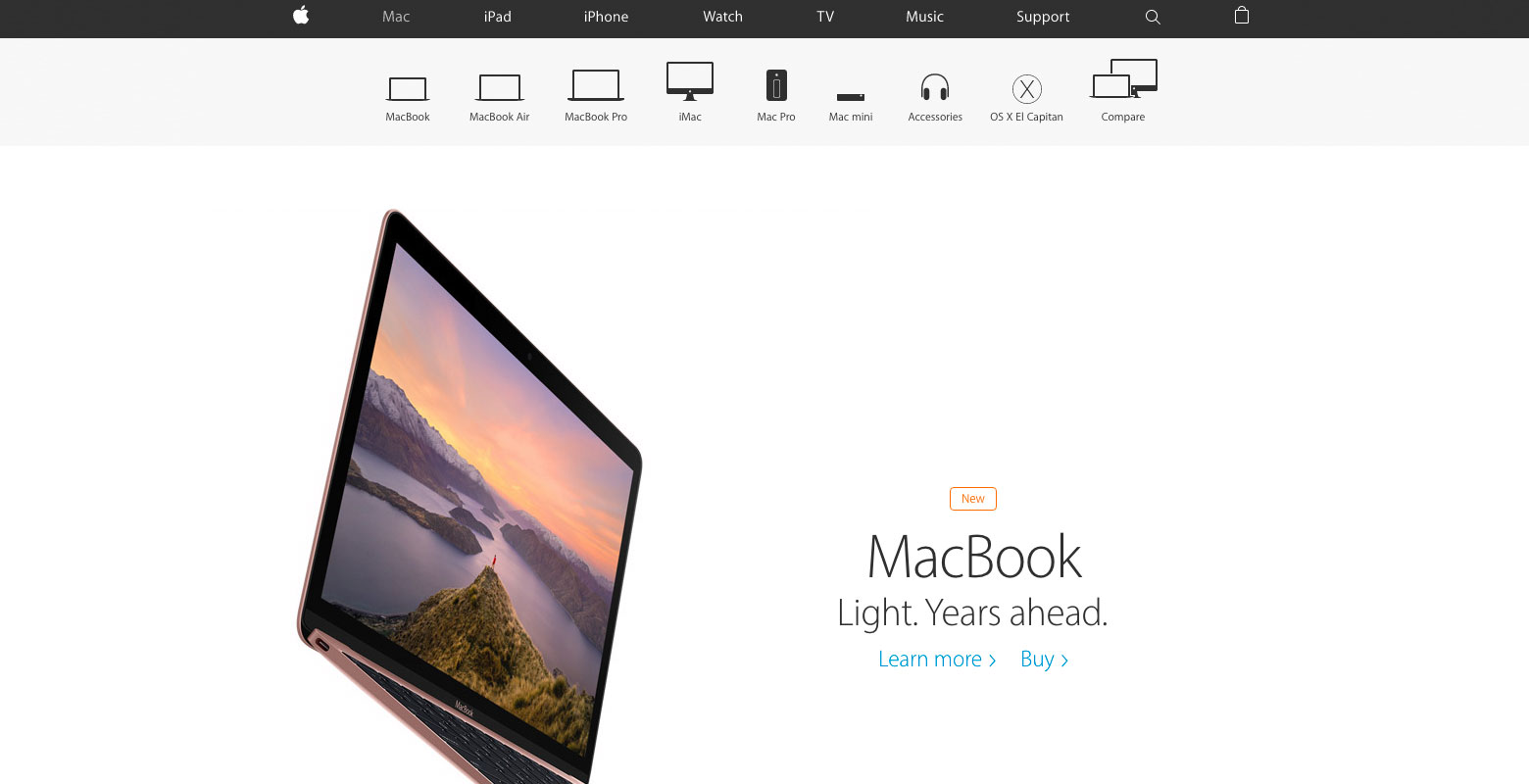
The importance of photography in influencing your audience
23rd June 2016
As consumers we are always questioning our products and services, craving reviews and recommendations to make our product knowledge confident enough to validate our purchases. And although we can design and detail to our heart’s content, there are no number of words that can beat the one sense we take for granted everyday and that’s our sight. In such a busy world, finding the time to read and research products etc is a battle enough and designers are continually finding more and more ways to communicate information easily and efficiently. But sometimes the most simplest device is often the most effective, of course we’re talking about photography.
In a world where selfies are second nature, it’s not hard to realise that photography is a long standing emotional device that we use to capture, record and communicate our own day to day reality. We eat with our eyes, not only in the dishes we order at our favourite restaurant, but in what we choose to read, look at and even digest. Although this could be the typography, the font used or a pun, still the most direct way of getting you what your audience needs is through photography. We want to see what we’re getting. For example rarely would you contemplate buying an item on eBay without a photo.
But why is this? A photo offers validation, an imaginary tick box that answers what we are seeing is real, capturing a moment, reality in a digital format. But what is it about photography that makes it such an integral part to design? And can we use it to influence our audiences?
Find the correct source
There are many outlets available to designers when building a design, one obvious device are stock photography sites such as Shutterstock, iStock etc. Although these sites can be a saviour for that one extremely specific images or the odd photo, overuse can cause a negative effect on your brand if you’re not careful. If budget allows, having a professional take the shots you need is a huge advantage and good way to get the right message across to your consumers. By directing your own photography, enables a more unique design solution that helps you really create that relationship with your specific audience. Photography should be seen as an investment, not a waste of cash, it is as important an ingredient as good typography, design and printing.
Honesty is the best policy
Nothing is more detrimental to a brand than a company’s product not living up to what it says on the tin. Lets briefly look at McDonalds. We constantly hear that the franchise’s burgers never match the highly manipulated photography we see on their website. A hard task with so many restaurants regionally and internationally and although they do have extensive cooking methods, ensuring quality control is perfect in every store must be a hard one. Possibly a question of quantity versus quality here but it’s easy to see both sides of the story when the brands photography is concerned. However, we do forgive this in their store design, “I’m lovin it” campaigns and lifestyle they convey. But in a world where consumers research before they buy, from reviews, to word of mouth, buyers are making their minds up before they even get to the screen. In a climate where scams are a plenty and consumer confidence is continually knocked by negative purchase experiences, it’s easy to see that mis selling your product with highly manipulated photography is a no no. Showcase your product or service, up front and centre. Your audience will appreciate your honesty and it will only make their emotional tie with you stronger.
Who is your target audience?
We’re all emotional beings, whether we like it or not, we adapt, we change and we’re loyal. However one quality we all subconciously yearn for is for someone to relate to our situation. But how do we do this in photography? Every brand will have a target demographic and it’s the careful research in this area that will make or break your photography. Look carefully at your audience. What do they wear? Where do they hang out, shop, commute? By using this information and mimicking it through theming your photos, will match and relate to your target audience’s lifestyle and your brand will be acknowledged, appreciated and more importantly remembered.

Draw the eye
We’re talking shapes here not in a literal sense but how each component that makes up the perfect photo is put together like a jigsaw to create shapes that will direct the eye to where you want it. By understanding how your product, service can be used to draw the eye, will help you get your audience the information you want them to have without using a single word. To name but a few examples:
1. The eyes and shapes
If you’re using a person as the subject, remember the eyes and direction of the head, although very simple, can be very influential in diverting the reader’s eye. Point them to the call to action or statement with a simple pose.
2. Close up face vs distance full body
Close up shots will be used more to communicate personality, an emotional connection and intrigue, used heavily in beauty adverts, whereas a far away full body shot will create a lifestyle, physical feel, used more in gym photography etc.
3. Context
Think about what your subject is stood in front of. What’s happening in the background? Is it distracting or conflicting in colour, focus or look and feel to the shot you’re wanting to create? Considering this is also another way of ensuring you get the most effective outcome from your photo. Also remembering that things that don’t seem as important in a photo can draw the eye just as much and as negatively if not considered correctly.
4. Consistency
We are creatures of habit, we like to know what we’re getting. Now this is not to say that we are boring and lack innovation, but when we are introduced to something new, such as a photography style, this should be flowed throughout the rest of the campaign, website etc. Consistency is key to ensuring your consumer doesn’t lose interest and stays wowed by your style, but not off their journey that should end in a sale.

Taking the shot
The main part of any shot, how you take it of course. But what’s the recipe to what makes the perfect photo? Well, we’ve mentioned but a few tips below to help kick start any photographer’s hunger but there are so many different ways and styles adopted, that the one thing to keep in mind, just be creative. Don’t be afraid to try something different.
TOP 5 TIPS
1. Establish your centre of interest
This sounds obvious, but having your product, service as a focal point is integral to your product being received well by potential consumers. Your product should dominate your photo. Inevitably a consumer’s eye will wander to explore the rest of the image, but your subject should bounce those eyes right back again to your subject. It’s all well being creative, but if that means to get a funky new angle you cut off the actual product, then have a rethink.
2. Composition
What will be in and make up your photo? Have this nailed before you even start to think about taking the photo and you will find that the shot will be easier to shoot, as you have worked out all your potential problem areas before you get to shoot day. Once on shoot, ask yourself, is there order to the piece in the elements in the photo? Is that background distracting from the centre of interest? Keep it simple.
3. Tell a story
This again comes down to the emotional connection a photo can make on a person. Just like a stunning dark sky but 3D shining sunlight just before it rains, when you stop to take a photo to record that moment to share with others. It’s exactly the same when taking a shot, what does the story say about the product or service? Is it a relatable situation? How the composition directs your eye around the image in a certain order? Having a story in mind before you take a photo will help you nail the image first time, resulting in a more relatable and emotional response from your audience.
Apple are very good at this. Not only using the clever angles of the laptops to direct the user’s eye downwards, but the way their story telling for every product flawlessly connects each section together, with high quality photography (be it mostly product based shots). Also connoting the Apple stores themselves, clean, slick and centring the point of interest, their product in every frame, answering all questions in a logical vertical order.
4. Lighting and focus
The basics here, but making sure your focal point, primarily your product or service is in focus is the most basic component in getting the right image. Maybe offset a soft focus for the background, to make your product stand out more. Also remember your light, if it’s lighting it manually or daylight, make sure you know where your shadows will be and how to work them to get the best out of your shoot.
5. Creativity
Make your shot count, make it unique. Although consistency and formula is key to not confusing your consumer’s journey, keeping the image content fresh and different can be another fun way of getting them reaching for the buy button. Try using one style but getting creative with the product. Ask yourself, does the photo showcase the product in unexpected ways that the consumer might not be aware of? Is it eye catching or a little too arty? Remember that simplicity is always the foundation but remembering to experiment is key to getting an array of shots that will get those creative juices flowing.
Guinness are creative story tellers, through their video and photography both on their website and in their campaigns. Using tightly cropped shots that really make you feel the craft of their brand but also mixing it up with a flavour of lifestyle of their customer base. As well as marrying it all up with some strong lines and great typography.




